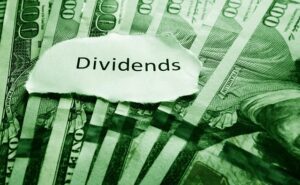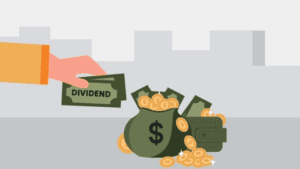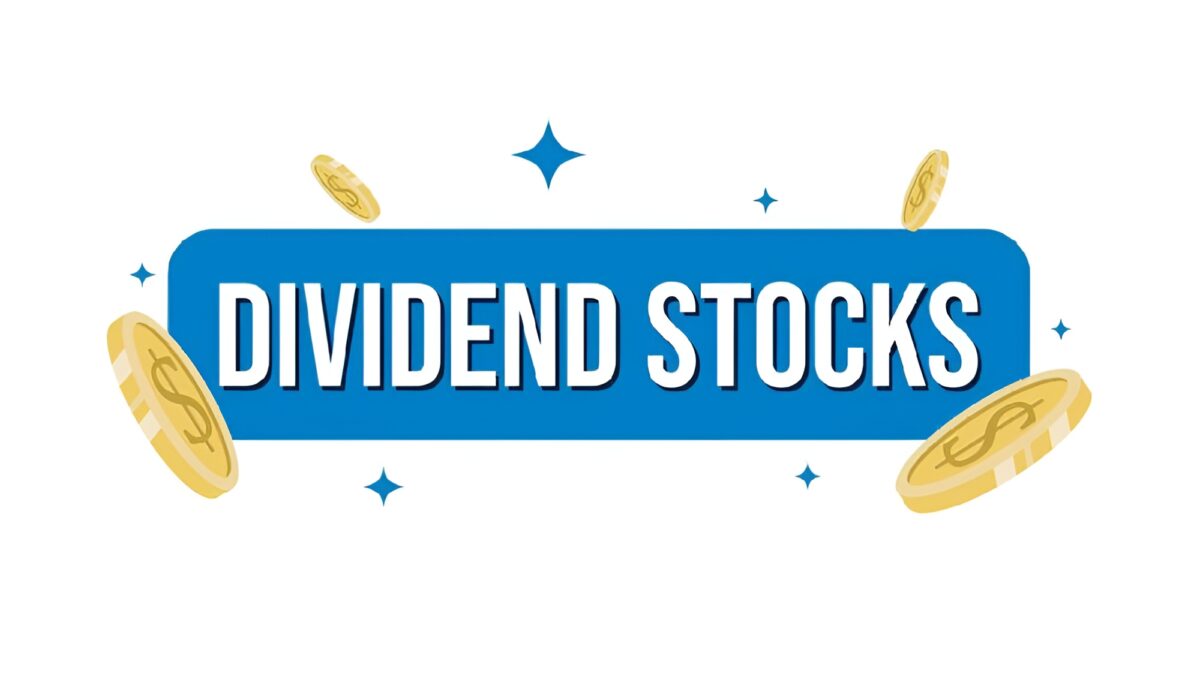
The Basics of Dividend Stocks: A Beginner’s Guide to Passive Income
Contents
- 1 Basics of Dividend Stocks
- 1.1 The Basics of Dividend Stocks: A Beginner’s Guide to Passive Income
- 1.1.1 What Are Dividend Stocks?
- 1.1.2 How Do Dividend Stocks Work?
- 1.1.3 Why Invest in Dividend Stocks?
- 1.1.4 Types of Dividend Stocks
- 1.1.5 How to Evaluate Dividend Stocks
- 1.1.6 Risks of Dividend Stocks
- 1.1.7 How to Start Investing in Dividend Stocks
- 1.1.8 Conclusion
- 1.1.9 Frequently Asked Questions (FAQs)
- 1.1.9.1 1.What is a good dividend yield?
- 1.1.9.2 2.Can dividend stocks lose value?
- 1.1.9.3 3.Do all companies pay dividends?
- 1.1.9.4 4.What happens to dividends during a recession?
- 1.1.9.5 5.Are dividends guaranteed?
- 1.1.9.6 6.How often are dividends paid?
- 1.1.9.7 7.What is the difference between dividend yield and dividend payout ratio?
- 1.1.9.8 8.Can I live off dividend income?
- 1.1.9.9 9.How are dividends taxed?
- 1.1.9.10 10.What are Dividend Aristocrats?
- 1.2 Basics of Dividend Stocks
- 1.3 Mahindra’s Thar Roxx Is Here! Find Out How Much It’ll Cost in Your City
- 1.1 The Basics of Dividend Stocks: A Beginner’s Guide to Passive Income
Basics of Dividend Stocks
The Basics of Dividend Stocks: A Beginner’s Guide to Passive Income
Investing in dividend stocks is one of the most reliable ways to build passive income. But what exactly are dividend stocks, and how can they benefit your financial future? In this guide, we’ll break down the basics of dividend stocks, explaining how they work, why they’re appealing to investors, and what you need to know before diving in. Whether you’re a novice investor or looking to diversify your portfolio, this article will provide you with the foundational knowledge you need.


What Are Dividend Stocks?
Dividend stocks are shares of companies that distribute a portion of their profits to shareholders in the form of dividends. These payments are typically made on a regular basis, such as quarterly or annually. Companies that offer dividends are often well-established, profitable entities that have a track record of generating steady cash flow.
How Do Dividend Stocks Work?
When you invest in dividend stocks, you become a partial owner of the company. As the company earns profits, it can choose to reinvest those earnings back into the business or distribute a portion to shareholders as dividends. The amount you receive depends on the number of shares you own and the dividend per share declared by the company.


Why Invest in Dividend Stocks?
Dividend stocks are popular among investors for several reasons:
- Passive Income: They provide a steady stream of income without requiring you to sell your shares.
- Long-Term Growth: Companies that pay dividends often have a history of financial stability, making them attractive for long-term investment.
- Reinvestment Opportunities: You can choose to reinvest dividends, allowing your investment to compound over time.
- Tax Advantages: Depending on your country, dividends may be taxed at a lower rate than regular income, making them more tax-efficient.


Types of Dividend Stocks
There are different types of dividend stocks to consider:
- Blue-Chip Stocks: Shares of large, well-established companies with a history of paying reliable dividends.
- Dividend Aristocrats: Companies that have consistently increased their dividend payouts for at least 25 consecutive years.
- High-Yield Dividend Stocks: Stocks with a higher-than-average dividend yield, which can be attractive but may carry more risk.
How to Evaluate Dividend Stocks
When evaluating dividend stocks, consider the following factors:
- Dividend Yield: The dividend yield is the annual dividend payment divided by the stock’s current price. It’s a key indicator of how much return you’ll receive relative to the stock price.
- Payout Ratio: This ratio indicates the percentage of earnings paid out as dividends. A lower payout ratio may suggest that the company has room to grow its dividends.
- Dividend History: Look for companies with a track record of consistent or increasing dividends over time.
- Company Financials: Strong cash flow, manageable debt, and profitability are critical for sustaining dividend payments.


Risks of Dividend Stocks
While dividend stocks can be a great source of income, they come with risks:
- Market Risk: The value of dividend stocks can fluctuate with the market, affecting your investment’s value.
- Dividend Cuts: If a company faces financial difficulties, it may reduce or eliminate its dividend payments.
- Interest Rate Risk: Rising interest rates can make dividend stocks less attractive compared to other income-generating investments like bonds.
How to Start Investing in Dividend Stocks
- Research and Select Stocks: Start by researching companies with a strong dividend history. Look for those that align with your financial goals and risk tolerance.
- Open a Brokerage Account: Choose a brokerage that offers access to dividend-paying stocks and has low fees.
- Diversify Your Portfolio: Don’t put all your eggs in one basket. Spread your investments across different sectors to reduce risk.
- Reinvest Dividends: Consider setting up a Dividend Reinvestment Plan (DRIP) to automatically reinvest your dividends, compounding your returns.


Conclusion
Dividend stocks can be a powerful tool for generating passive income and building long-term wealth. By understanding the basics, evaluating the right stocks, and diversifying your portfolio, you can make dividend investing a key part of your financial strategy. Basics of Dividend Stocks Whether you’re just starting or looking to enhance your investment game, dividend stocks offer a blend of income and growth potential that’s hard to ignore.
Frequently Asked Questions (FAQs)
1.What is a good dividend yield?
A. A dividend yield between 2% and 6% is generally considered good, but it depends on your investment goals and risk tolerance.
2.Can dividend stocks lose value?
A. Yes, like any stock, dividend stocks can lose value due to market conditions or company-specific issues.
3.Do all companies pay dividends?
A. No, not all companies pay dividends. Some prefer to reinvest profits back into the business for growth.
4.What happens to dividends during a recession?
A. During economic downturns, companies may reduce or suspend dividends to conserve cash.
5.Are dividends guaranteed?
A. No, dividends are not guaranteed. Companies may choose to reduce or eliminate dividends based on their financial situation.
6.How often are dividends paid?
A. Dividends are typically paid quarterly, but some companies may pay them monthly or annually.
7.What is the difference between dividend yield and dividend payout ratio?
A. Dividend yield is the ratio of the annual dividend to the stock price, while the payout ratio is the percentage of earnings paid out as dividends.
8.Can I live off dividend income?
A. Yes, it’s possible, but it requires a significant investment in high-yielding dividend stocks and careful financial planning.
9.How are dividends taxed?
A. Dividends may be taxed at a lower rate than ordinary income, depending on your country’s tax laws.
10.What are Dividend Aristocrats?
A. Dividend Aristocrats are companies that have consistently increased their dividend payouts for 25 years or more.





















3 comments